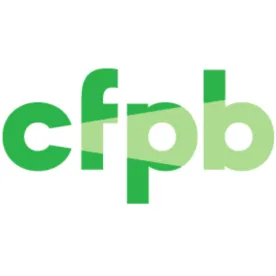The CFPB (Consumer Financial Protection Bureau) has issued a new report on tradelines reported by third-party debt collectors as reflected on credit reports compiled by nationwide consumer reporting agencies. The third-party collector tradelines consist of those reported by debt buyers and those reported by non-buyers (i.e. where the debt is still owned by the original creditor). A single debt collections firm may collect on both debts it owns and debts that others own. The report is based on information from the CFPB’s Consumer Credit Panel, which is described as “a longitudinal, nationally representative sample of approximately five million de-identified credit records” from one of the three national CRAs for the period Q2 2004 through Q2 2018.
Key findings based on the sample include the following:
-
As of Q2 2018, over one in four consumers had a third-party collections tradeline on their credit file.
-
While buyer tradelines never exceeded more than 25 percent of the total third-party collections tradelines, the number of buyer tradelines reported in Q2 2018 was 75 percent higher than the Q2 2004 level while the number of non-buyer tradelines reported in Q2 2018 was 11 percent higher than the Q2 2004 level.
-
The number of unique total third-party collections tradeline furnishers peaked at 2,298 in 2005 and then fell 61 percent to 898 in 2018.
-
There is a marked difference in the types of third-party collections tradelines reported by buyers as compared to non-buyers. Buyer tradelines primarily reported banking, retail, and financial debt while about two-thirds of non-buyer tradelines reported medical debt in Q2 2018.
-
In Q2 2018, more than half of total third-party collections tradelines were for medical debt and 78 percent of total third-party collections tradelines were for either medical, telecommunications, or utilities debt.
-
While the number of buyer tradelines showed the instance of a consumer disagreement with a completed FCRA investigation was small in absolute terms, the incidence of such disagreements in Q2 2018 was triple the incidence of such disagreements submitted in Q2 2012, with most of the increase attributable to buyer tradelines with a disagreement.
Given the CFPB’s finding that as of Q2 2018 over one in four consumers in the sample had a third-party collections tradeline on their credit file, there is unlikely to be any substantial retreat by the CFPB from its proposed debt collection rules. However, as we discussed in our recent podcast, the challenges collectors would face in complying with both the proposed FDCPA dispute rules (that are part of the CFPB’s proposed debt collection rules) and the current FCRA dispute process could cause collectors to reassess whether to continue furnishing information to CRAs. The need for the CFPB to address these challenges is particularly important given that the CFPB’s report shows that there has already been a steep decline in the number of collectors furnishing third-party collections tradelines.
In addition, the CFPB data indicating that in Q2 2018 more than half of total third-party collections tradelines were for medical debt could serve as ammunition for efforts to amend the FCRA to impose restrictions on the reporting of information about medical debts as well as state efforts to further regulate the collection of medical debt such as the new requirements recently enacted in Washington.



 />i
/>i

